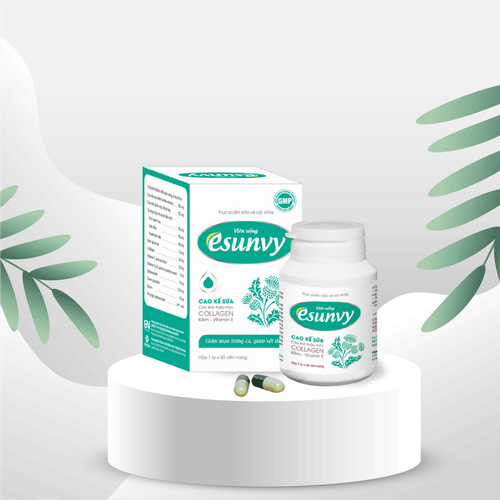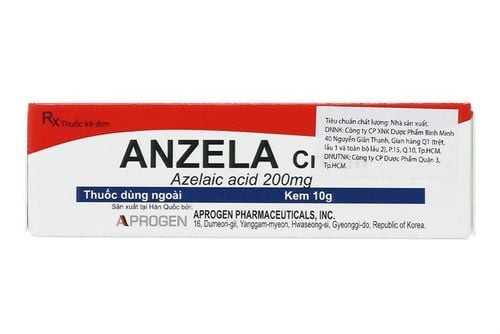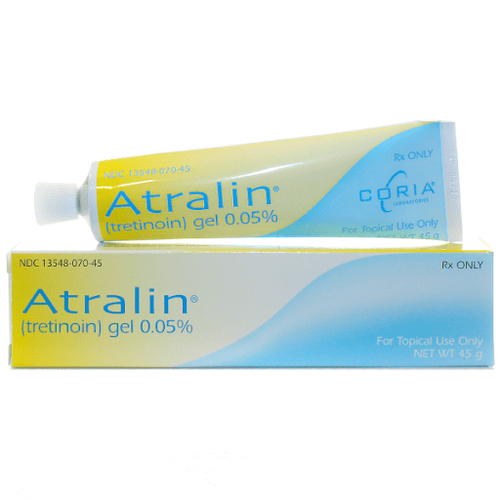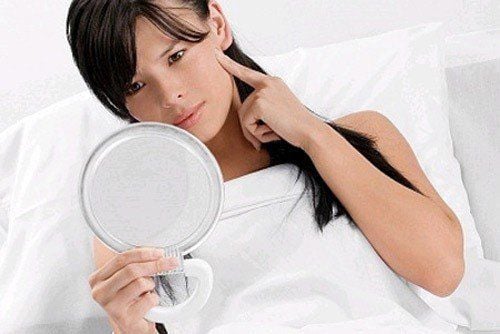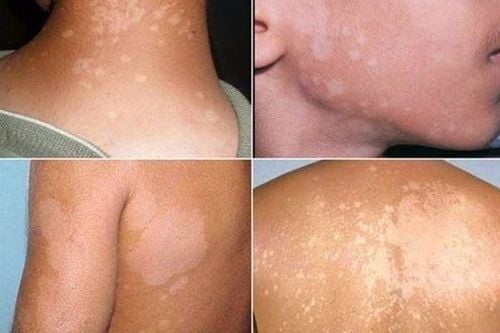This is an automatically translated article.
Possessing acne-prone skin takes a toll on everyday life. To care for and limit acne requires patients to follow strict rules.
1. Acne
Each pore has a sebaceous gland that secretes an oily substance known as sebum that keeps the skin moist and soft. However, due to the influence of many stimulating factors, the sebaceous glands overproduce, causing an excess of sebum. Sebum is a sticky substance that can combine with dead skin cells to clog hair follicles and pores. When this happens, it causes inflammation and the formation of pimples.
Clogged pores without inflammation are known as whiteheads or blackheads. However, it will depend on whether the pores are open on the surface of the skin.
Acne is common in teenagers and young adults. Because, at this age there are great changes in development, especially hormones. At that time, the body begins to produce testosterone and it will directly stimulate the overactive sebaceous glands, causing an excess of sebum.
Or genetic factors also cause this condition. If one of the parents or both has acne, it means that their child will have a higher risk of acne. Or stress, when the body increases cortisol levels and stimulates the sebaceous glands to produce more oil.
Some common types of acne that cause damage to the skin include:
Blackheads are non-inflammatory acne. Acne is formed due to the blockage of follicles and pores creating dark marks on the surface of the skin. Whiteheads are clogged cysts covered with a thin layer of skin that appear as white bumps or spots. Papules are inflammatory lesions that may appear red and sensitive and cause painful facial skin conditions. Pustules are inflammatory lesions that often contain pus. It may appear white or yellow. A nodule is a serious lesion that develops under the skin and does not contain pus. The cyst is severely inflamed and contains pus. In this case medical treatment is required.
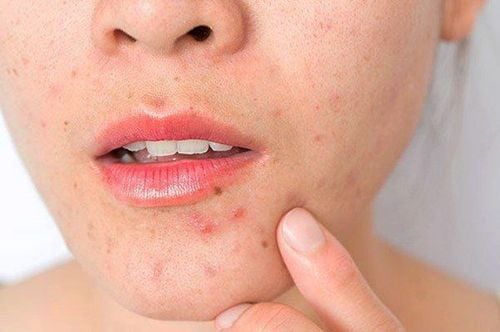
Mụn trứng cá
2. How to take care of acne skin
Oily skin often has an overproduction of sebum that clogs pores. That is the cause of oily skin acne. So, what should you do if you have oily skin with a lot of acne? It's always been a matter of great concern.Because, acne is not a serious disease, but it causes the patient to feel uncomfortable and has a significant impact on daily life. So, To reduce acne and its harmful effects on the skin, you can apply some of the following tips:
2.1. Use an acne-specific cleanser: Cleansers for acne-prone skin often contain ingredients such as salicylic acid and benzoyl peroxide that work to clear up acne sores.
In the process of cleaning the skin, you need to do it gently. Because trauma to the nodule can make acne worse or cause scarring.
When washing your face, you should use clean hands and should not use tools or materials to rub that can cause acne sores that cause serious damage to the skin of the face.
2.2. Use a moisturizer In case you need to keep your skin moisturized, you should use moisturizers that are gentle, non-comedogenic, and won't aggravate acne.
Currently, on the market there are quite a few moisturizers that are oil-free but contain anti-bacterial properties, so it may be suitable for acne-prone skin. You can choose from these products. However, before using any product including moisturizer, you need to read the ingredients carefully and see a dermatologist or specialist for advice. related to the skin as well as choosing the right product for a particular skin type.
2.3. Limit makeup Bold makeup or use of cosmetic products will clog pores. This is a barrier that prevents sweat from escaping towards the surface of the skin and leads to clogged pores. Trapped debris and bacteria will cause acne.
2.4. Use a sunscreen that won't clog pores. SPF is a must, but in some sunscreen products it can cause breakouts to develop. Therefore, you should choose sunscreen products specifically for acne-prone skin so that you can still protect your skin with SPF without having to worry about clogged pores.
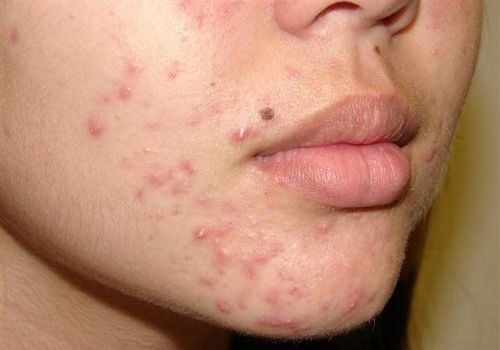
Một số loại kem chống nắng có thể kích thích mụn phát triển
2.5. Adjust your diet Any food has the potential to cause a spike in insulin, which can lead to inflammation and acne flare-ups. Studies prove that green leafy vegetables, fruits or vegetables with high antioxidants are effective in improving skin quality, especially those with acne.
Besides, these subjects should limit some products such as milk. Because this product may contain hormones and antibiotics that can potentially aggravate acne.
2.6. Drink plenty of water Drinking water improves overall health. Not only that, when the body is provided with enough water, the skin will be cleaned and acne will be limited. However, people who are prone to acne should not drink sugary drinks such as soda and coffee.
2.7. Change pillowcases often. Bed sheets and pillowcases that are not cleaned regularly can lead to cross-contamination that causes skin breakouts. The purpose of changing bed sheets and pillowcases regularly is to prevent bacteria from accumulating affecting the skin, especially the face.
2.8. Regularly clean the phone screen The phone screen is a good environment for bacteria to live. Not only that, it is always applied close to the face when used, so it can be an easy cause of acne on the face. So, wipe your phone screen daily with alcohol to eliminate the risk of causing acne on your face.
Please dial HOTLINE for more information or register for an appointment HERE. Download MyVinmec app to make appointments faster and to manage your bookings easily.
Article reference source: Webmd.com



